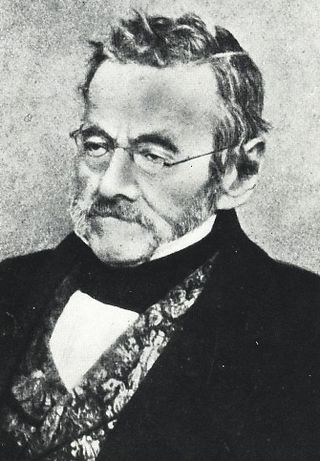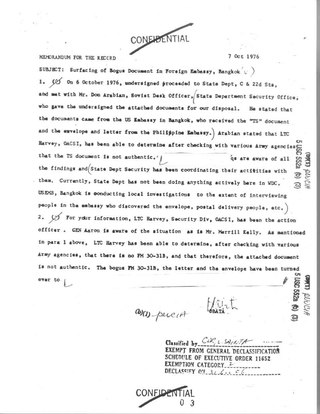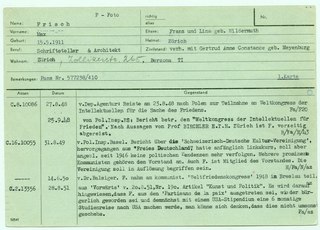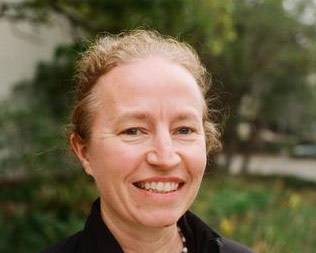Orell Füssli is a Swiss banknotes printing and bookselling company, established by Christoph Froschauer in 1519 as a book printer and publisher. It is currently operating in many print-related segments, such as security printing, bookselling and publishing, with security printing being a primary contemporary product of company. Company's shares are traded on SIX Swiss Exchange since 1897. It is the oldest continuously publicly traded company of Switzerland.
Operation Gladio was the codename for clandestine "stay-behind" operations of armed resistance that were organized by the Western Union (WU), and subsequently by NATO and by the CIA, in collaboration with several European intelligence agencies during the Cold War. Although Gladio specifically refers to the Italian branch of the NATO stay-behind organizations, Operation Gladio is used as an informal name for all of them. Stay-behind operations were prepared in many NATO member countries, and in some neutral countries.

Charles Sealsfield was the pseudonym of Austrian-American journalist CarlAnton Postl, an advocate for a German democracy. He lived in the United States from 1822 to 1826, and then again in 1828/1829. During a final stay from 1853 to 1858 he became a US citizen. Sealsfield is best known for his German-language Romantic novels with American backgrounds, and also wrote travelogues. He returned to Europe about 1829, living in Paris and London before settling in Switzerland in 1832, where he resided for most of the rest of his life.

Walter Mittelholzer was a Swiss aviation pioneer. He was active as a pilot, photographer, travel writer, as well as of the first aviation entrepreneurs.
A stay-behind operation is one where a country emplaces secret operatives or organizations in its own territory, for use in case of a later enemy occupation. The stay-behind operatives would then form the basis of a resistance movement, and act as spies from behind enemy lines. Small-scale operations may cover discrete areas, but larger stay-behind operations envisage reacting to the conquest of whole countries.

A strategy of tension is a political policy wherein violent struggle is encouraged rather than suppressed. The purpose is to create a general feeling of insecurity in the population and make people seek security in a strong government.

Yves Guérin-Sérac, born Yves Guillou was a French anti-Communist Roman Catholic activist, former officer of the French army and veteran of the First Indochina War (1945–54), the Korean War (1950–53) and the Algerian War of Independence (1955–62). He was also a member of the elite troop of the 11ème Demi-Brigade Parachutiste de Choc, which worked with the SDECE, and a founding member of the Organisation armée secrète (OAS), a French terrorist group based in Spain which fought against Algerian independence in 1961-62. It was alleged that he was an instigator of the so-called strategy of tension in Italy, and the main organizer of the 1969 Piazza Fontana bombing.

The US Army Field Manual 30-31B, dubbed the "Westmoreland Field Manual," purportedly outlined a strategy called the "strategy of tension," wherein violent attacks are orchestrated and blamed on left-wing groups to justify government action. However, it is thought to be a Cold War-era hoax conducted by Soviet intelligence services.

The Fichenaffäre or Secret files scandal shook public opinion in Switzerland in 1989. That year, it was revealed that the Swiss federal authorities, as well as the cantonal police forces, had put in place a system of mass surveillance of the population.
Projekt-26, best known as P-26, was a stay-behind army in Switzerland charged with countering a possible invasion of the country. The existence of P-26 as secret intelligence agencies dissimulated in the military intelligence agency (UNA) was revealed in November 1990 by the PUK EMD Parliamentary Commission headed by senator Carlo Schmid. The commission, whose initial aim was to investigate the alleged presence of secret files on citizens constituted in the Swiss Ministry of Defence, was created in March 1990 in the wake of the Fichenaffäre or Secret Files Scandal, during which it had been discovered that the federal police, BUPO, had maintained files on 900,000 persons.
Max Pulver is the author of four graphology books, several articles, and one novel (1927). He developed the theory of symbolism of space. His work discusses pressure, intelligence, and crime. He founded the Schweizerische Graphologische Gesellschaft in 1950 and was president until his death.

Andreas Speiser was a Swiss mathematician and philosopher of science.
Karl Kälin was a Swiss Psychologist.

Jakob Stutz (1801–1877) was a Swiss writer.
Hiram Abas was a Turkish intelligence official in the National Intelligence Organization (MIT). He retired after the 1980 Turkish coup d'état, but returned in August 1986 as deputy to MIT chief Hayri Ündül, retiring again in 1988. He was assassinated on 26 September 1990 by leftwing revolutionary group Dev Sol.

Casimir Pfyffer von Altishofen was a Swiss politician and jurist. He was mayor of Lucerne (1832–1835), President of the Swiss National Council (1854/1855) and five times President of the Federal Supreme Court.
Hans Danuser is a Swiss artist and photographer. His first major work, the cycle In Vivo, brought him international fame, therein he broke several societal taboos with respect to genetic research and nuclear physics. Since the 1990s, in addition to his photographic studies, Danuser has focused increasingly on transdisciplinary (research) projects in the arts and sciences.
Der Club is a weekly Swiss television talk show, aired since 1985 by Schweizer Radio und Fernsehen on Tuesday. It was called Zischtigsclub until 2005. The format is an adaptation of the Austrian Club 2. It is dedicated to current social and political themes. Occasionally, it has discussed themes related to the media as Medienclub. Several times a year, it is held as Literaturclub, focused on books.

Meike Maria Elisabeth Akveld is a Swiss mathematician and textbook author, whose professional interests include knot theory, symplectic geometry, and mathematics education. She is a tenured senior scientist and lecturer in the mathematics and teacher education group in the Department of Mathematics at ETH Zurich. She is also the organizer of the Mathematical Kangaroo competitions in Switzerland, and president of the Association Kangourou sans Frontières, a French-based international society devoted to the popularization of mathematics.
Franziska Feilbogen, née Rindskopf, also Franza Feilbogen, was an Austrian literary scholar, translator, writer and feminist.










